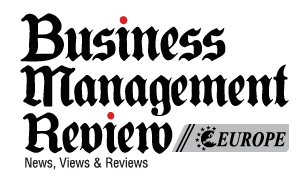\\\\\\\\\\ Top Patrol Services \\\\\\\\\
-
Allied Universal
Allied Universal is a leading security and facility services company, delivering proactive security solutions and smart technology tailored to client needs. With a strong local presence across North America, Allied Universal protects communities and businesses across diverse industries.















